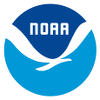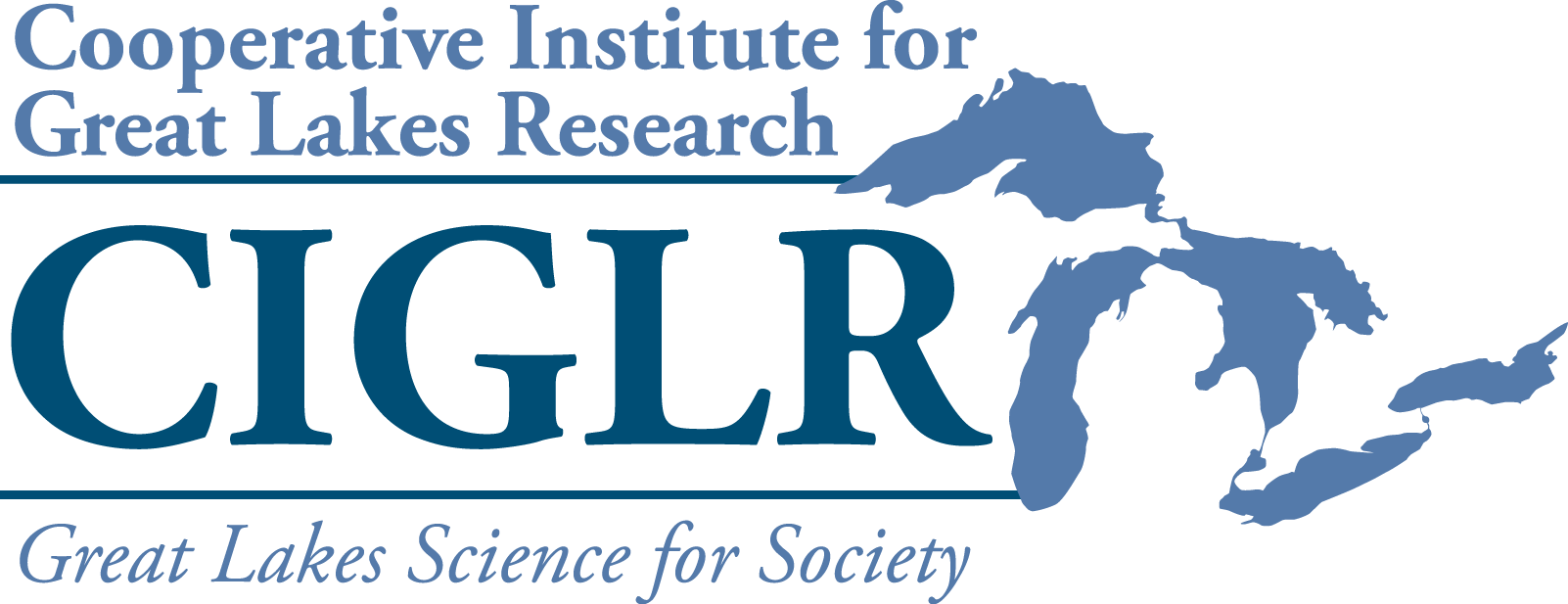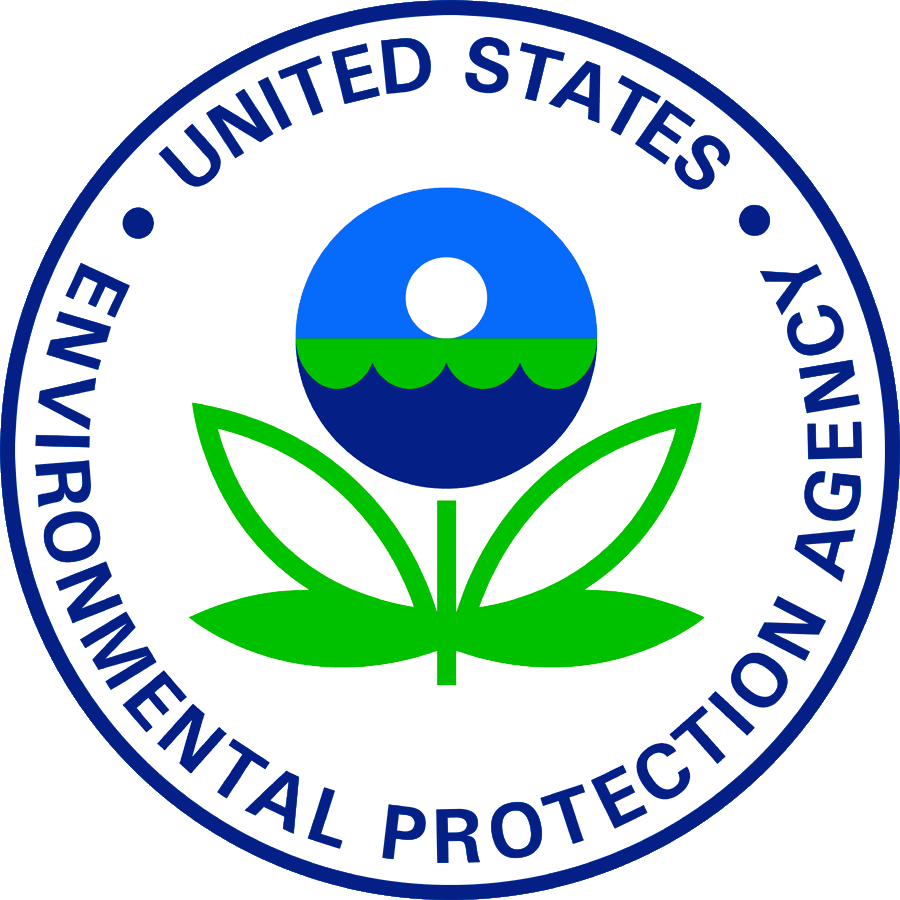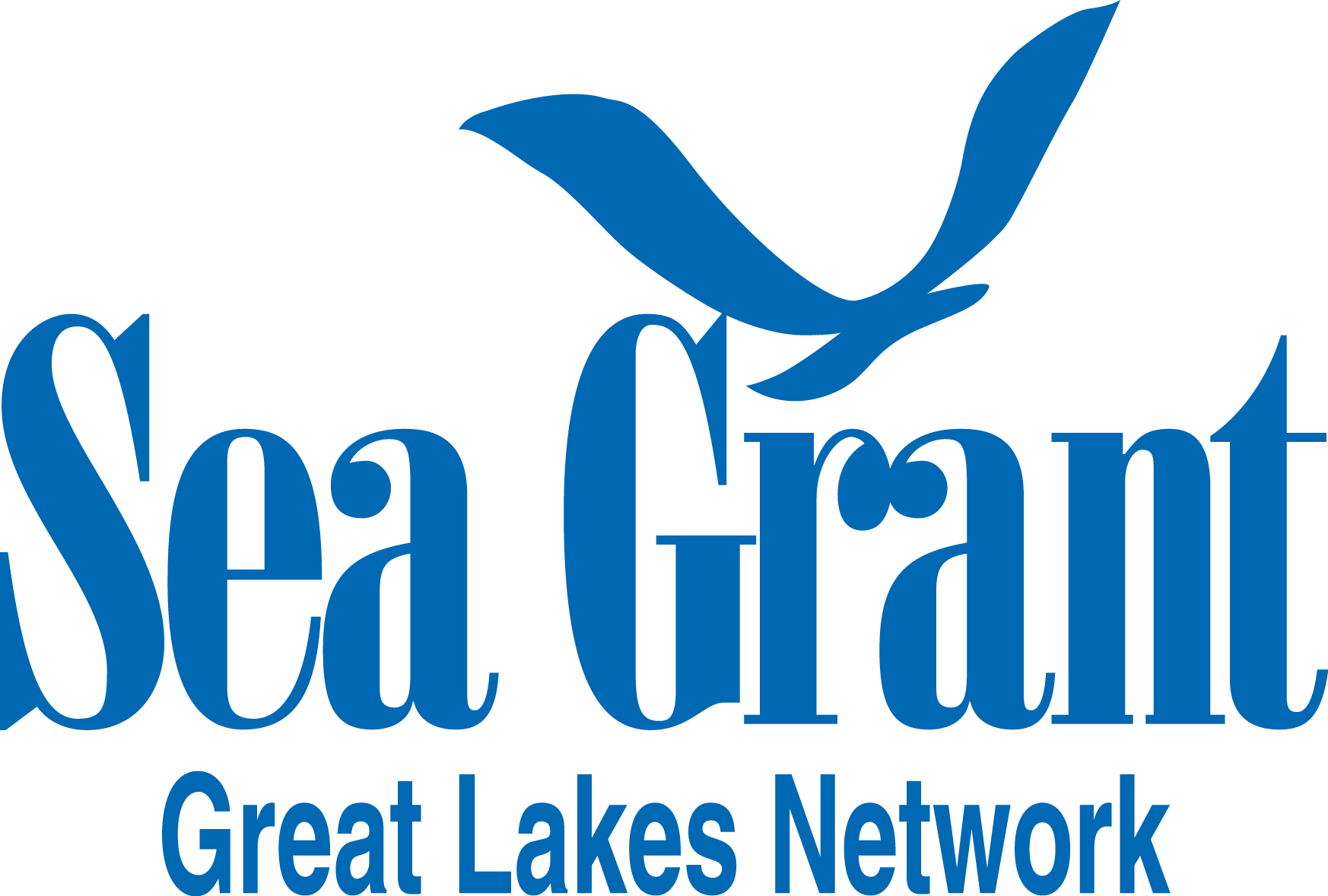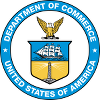Species are assessed for inclusion in the database on a case-by-case basis. All assessments are summarized in the Species Level Risk Assessments Explorer.
The present GLANSIS database consists of three lists:
- A core list of nonindigenous species in the Great Lakes basin (not native to any part of the basin)
- A list of range expander species (native only to a portion of the basin or of questionable native status)
- A watchlist (not currently found in the Great Lakes, but assessed in the peer-reviewed scientific literature as of 2010 as likely to invade via current pathways)
The list of aquatic nonindigenous species found via GLANSIS is subject to constant revision based on the following criteria (GLANSIS Controlled Vocabulary for the Establishment Process, PDF):
Extirpated Species and Failed Introductions:
Cases where a species has not been reported in >25 years are subject to expert review to determine
current status. If anecdotal evidence backed by expert opinion suggest that the species is no longer
present below the ordinary high water mark of the Great Lakes, the species may be returned to the
watchlist (for a period of at least a decade or until additional reports are made).
GLANSIS Definitions and Criteria for Listing (Nonindigenous List)
Geographic criterion: Only species which are found in the Great Lakes basin below the ordinary high water mark — including connecting channels, wetlands and waters ordinarily attached to the Lakes — are included in the GLANSIS database. Species which have been collected in inland lakes within the Great Lakes basin but not meeting this geographic criterion are not included in the nonindigenous list, but should normally be available via the watchlist if other criteria are met.
Aquatic criterion: GLANSIS includes only aquatic species. USDA wetland indicator status (click here for more information) is used as a guideline for determining whether wetland plants should be included in the list — OBL, FACW and FAC wetland plants are included in this list as aquatic; FACU and UPL plants are not. We currently do not include mammals or birds.
Nonindigenous criterion: The species included in the GLANSIS nonindigenous list are those which are considered nonindigenous within the Great Lakes basin by meeting at least three of the following criteria (based on Ricciardi 2006):
- the species appeared suddenly and had not been recorded in the basin previously;
- it subsequently spreads within the basin;
- its distribution in the basin is restricted compared with native species;
- its global distribution is anomalously disjunct (meaning it contains widely scattered and isolated populations);
- its global distribution is associated with human vectors of dispersal;
- the basin is isolated from regions possessing the most genetically and morphologically similar species.
Reproduction and Overwintering Criterion: A nonindigenous species is considered to be in at least the early stages of establishment if it has a reproducing population within the basin and is capable of overwintering, as inferred from multiple discoveries of adult and juvenile life stages over at least two consecutive years. Given that successful establishment may require multiple introductions, species are excluded if their records of discoveries are based on only one or a few non-reproducing individuals whose occurrence may reflect merely transient species or unsuccessful invasions.
Notes on terminology: Although widely used, the term 'invasive' is vague and subject to widely inconsistent usage. Biologically it is often related to the relative ability of a species to spread and establish in new areas, while legislatively and politically it is used to characterize a nonindigenous species "whose introduction does or is likely to cause economic or environmental harm or harm to human health" (Executive Order 13112, February 1999). Thus, the term 'invasive' has multiple meanings and requires a subjective judgment. We exclusively use the term ‘invasive’ when a species meets all of the criteria for the nonindigenous list and has significant, demonstrable, realized environmental or socioeconomic impact to the Great Lakes. 'Exotic' is a commonly used synonym for 'nonindigenous', but we limit the use of this term solely to species that have demonstrable environmental or socioeconomic benefits to the Great Lakes.
Consequently, during the period from 2019 through 2020, GLANSIS will be moving to a more nuanced approach in the use of the word ‘establishment’ in our discussion of status, using the terminology appearing in green on the vocabulary flow chart and reserving the term 'established' to refer to the entire process. These terms are based in the framework proposed by Kocovsky et al 2018 and are consistent with Darwin Core. In this framework, establishment is understood as an overarching process, with the more specific language for stages (survival, reproduction, dispersal, etc.) clarified (where available).
Historically, GLANSIS used the term ‘established’ as synonymous with ‘reproducing and overwintering’. This term was applied at the HUC8 (subbasin) scale for individual records and at the whole basin scale in the ‘Status’ segment of species profiles (reproduction in any subbasin constituting establishment in the basin). However, the term ‘established’ has recently taken on a connotation of ‘permanence’ in management discussions and divergent definitions are rapidly arising. For one example, the Council of Great Lakes Fisheries Agencies has defined established as “a population that has become self-sustaining, defined as occurring when individuals spawned within the Great Lakes basin have subsequently successfully reproduced” and requires that the designation of a species as established can only be made by the responsible [management] agency. Consequently, during the period from 2019 through 2020, GLANSIS will be moving to a more nuanced approach in the use of the word ‘establishment’ in our discussion of status, using the framework proposed in Kocovsky et al 2018 (summary diagram shown above), in which establishment is understood as a process, and with the more specific language for stages (survival, reproduction, dispersal, etc.) as well as official designations clarified (where available).
GLANSIS Definitions and Criteria for Listing (Range Expansion and Cryptogenic List)
Range expansion criterion: The species included in GLANSIS on the ‘range expander’ list are those which are considered nonindigenous to a portion of the Great Lakes basin according to the above nonindigenous criterion but which have been identified in the peer-reviewed literature and/or by consensus of expert review to be native or cryptogenic in some portion of the basin.
Typical range expansion species include those which were native to Lake Ontario but able to gain access to the upper Great Lakes when the building of canals allowed them to bypass Niagara Falls. Other cases may include species expanding northward due to climate shifts or expansion of native ranges due to shifts in habitat, competitors, vacant niches, or other factors.
Cryptogenic species are those species that cannot be verified as either native or introduced (after Carlton, 1996). These include species that may have been identified as invasive by one researcher, but for which a literature review reveals conflicting opinions. The range expander list includes cryptogenic species when the population is clearly nonindigenous to a portion of the basin or if the population is suddenly expanding (such as formerly rare species becoming dominant), or changing growth forms, indicating the possibility a that non-native strain is invading (such as solitary species becoming colonial).
GLANSIS Definitions and Criteria for Listing (Watchlist)
The watchlist is intended to strike a balance between being precautionary and practical for support of early detection efforts. Beginning in 2020, only those species assessed as likely to be introduced AND to be able to overwinter and reproduce in the Great Lakes are included in the watchlist. All species that have been assessed by our protocols (both those meeting the criteria for the watchlist below and those not) are included in the risk clearinghouse portion of the data.
Geographic criterion: Lives in a known donor region (such as rivers adjacent to Great Lakes, inland lakes in the Great Lakes region, western Europe, the Ponto-Caspian region) or in a zone with high specialization, species pool, or climate conditions that match the Great Lakes.
Aquatic criterion: The criterion of including only aquatic species is unchanged. USDA wetland indicator status is used as a guideline for determining whether wetland plants should be included in the list: OBL, FACW, and FAC wetland plants are included in this list as aquatic; FACU and UPL plants are not. We currently do not include mammals or birds.
Establishment criterion — Not already established in the Great Lakes, but assessed as 'likely' to become so in peer-reviewed literature1 or via our assessment (TM-169) as follows:
- Vector Subcriterion: A transport vector currently exists that could move the species into the Great Lakes. The species is likely to tolerate/survive transport (including in resting stages) in the identified vector. The species has a probability of being introduced multiple times or in large numbers. And...
- Reproduction and Overwintering Subcriterion: Based on known tolerances or climate matching, the species is likely to be able to successfully reproduce and overwinter in the Great Lakes. And...
- Impact Subcriterion: The species has been known to impact other systems which it has invaded or is assessed as likely to impact the Great Lakes system.
OR
- The species has been officially listed as a potential invasive species of concern by federal, state or provincial authorities with jurisdiction in the Great Lakes basin.
OR
- The species was previously designated as Nonindigenous (under the above criteria) but has since been determined to be extirpated or a failed introduction.
The original GLANSIS Watchlist of 67 species primarily represented a synthesis of research conducted between 1998 and 2012. As a result, it may not fully reflect the effect which regulations established after that period have had or will have on vectors of introduction (such as ballast water, aquaculture, live food trade, bait). During 2019-2020 we are reviewing current watchlist species and anticipate adding many additional species based on more recent literature review and assessments.
1Criteria and methods employed in these peer-reviewed publications vary but are generally consistent with the specified watchlist criteria.
Citations
Bailey, R.M., and G.R. Smith. 1981. Origin and geography of the fish fauna of the Laurentian Great Lakes basin. Can. J. Fish. Aquat. Sci. 38: 1539-1561.
Bryan, M.B, D. Zalinski, B. Filcek, S. Libants, W. Li, and K.T. Scribner. 2005. Patterns of invasion and colonization of the sea lamprey. Mol. Ecol. 14: 3757-3773.
Daniels, R.A. 2001. Untested assumptions: the role of canals in the dispersal of sea lamprey, alewife, and other fishes in the eastern United States. Env. Biol. of Fishes 60: 309-329.
Kocovsky, P.M., R. Sturtevant and J. Schardt. 2019. What it is to be established: policy and management implications for non-native and invasive species. Management of Biological Invasions 9(3)177-185.
Mandrak, N.E., and E.J. Crossman. 1992. Postglacial dispersal of freshwater fishes into Ontario. Can. J. Zool. 70:2247-2259.
Mills, E.L., J.H. Leach, J.T. Carlton, and C.L. Secor. 1993. Exotic species in the Great Lakes: a history of biotic crises and anthropogenic introductions. J. Great Lakes Res. 19: 1–54.
Moroz, T.G. 1994. Aquatic Oligochaeta of the Dnieper-Bug estuary system. Hydrobiologia 278: 133-138
Ricciardi A. 2001. Facilitative interactions among aquatic invaders: is an “invasional meltdown” occurring in the Great Lakes? Can. J. Fish. Aquat. Sci. 58: 2513-2525.
Ricciardi A. 2006. Patterns of invasion in the Laurentian Great Lakes in relation to changes in vector activity. Divers. Distrib. 12: 425-433.
Smith, S. H. 1995. Early changes in the fish community of Lake Ontario. Great Lakes Fishery Commission Technical Report 60, Ann Arbor.
Spencer, D.R. and P.L. Hudson. 2003. The Oligochaeta (Annelida, Clitellata) of the St. Lawrence Great Lakes region: an update. J. Great Lakes Res. 29: 89-104
Trebitz, A.S., J.R. Kelly, J.C. Hoffman, G.S. Peterson, and C.W. West. 2009. Exploiting habitat and gear patterns for efficient detection of rare and non-native benthos and fish in Great Lakes coastal ecosystems. Aquatic Invasions 4: 651-667.

